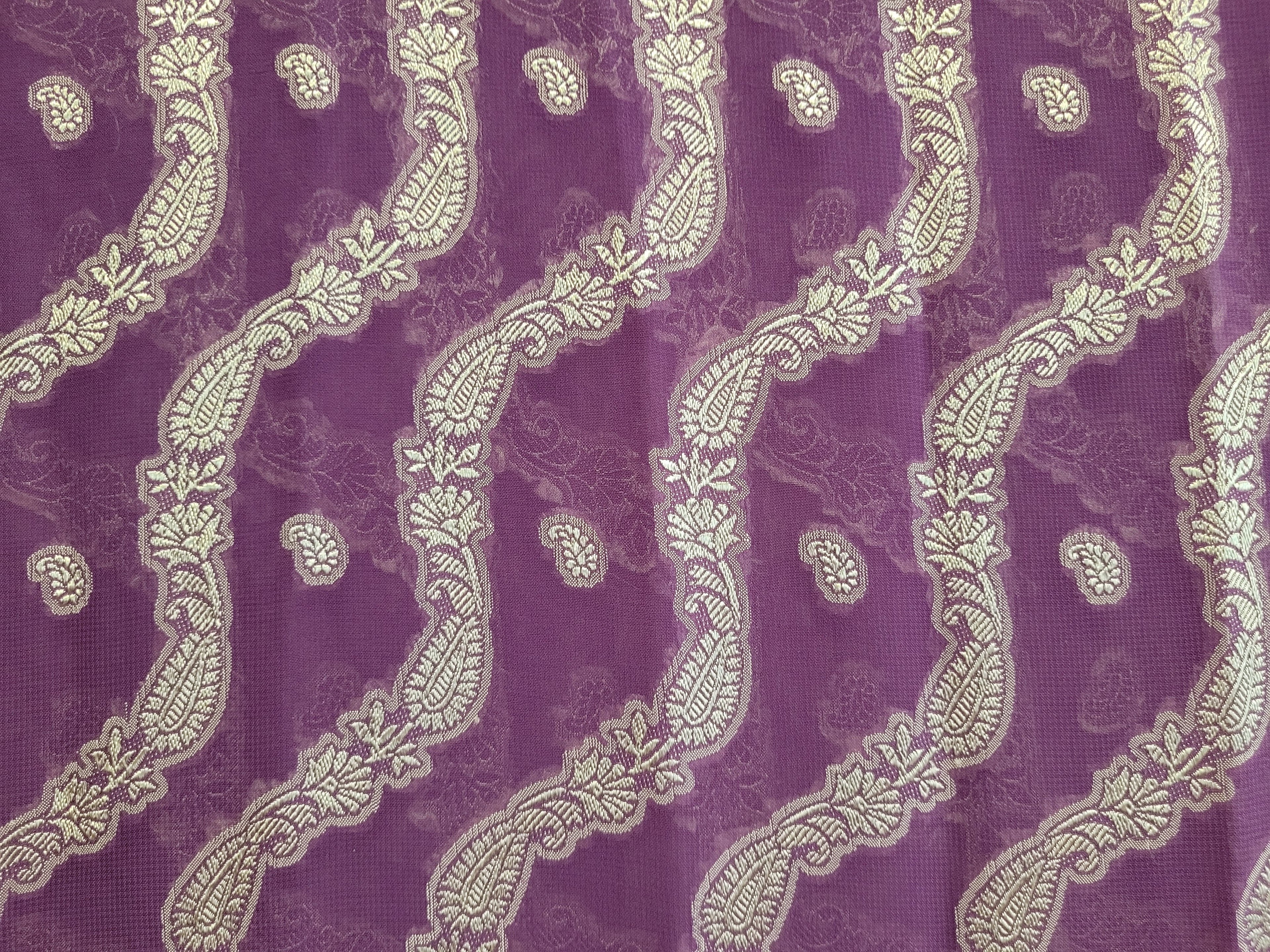
New to Henna? Start Here!
This is where you will find the basics including which henna is right for you.
New to Henna? Start Here!
Henna is for Everyone! That means YOU!

Welcome to the wonderful world of henna. I'm Jody, and I'm here to help you transition from being a henna newbie to a confident henna artist. Henna is all about enjoying the process—there's no need to stress or aim for perfection. So, kick back, relax, and let's start this fun journey together!
Starting out with henna might feel overwhelming, but don't worry. Think of henna like cooking—there's always room to experiment to make it match YOUR tastes, and it only gets better with time.
So, what exactly is henna? It's a little bit of magic (okay, science, not magic) from the Lawsonia Inermis plant. The leaves are dried, ground into a fine powder, then mixed into a paste to create beautiful stains on skin and hair.
Beyond its beauty, henna boasts medicinal properties as well. It serves as an anti-fungal, antiseptic, and cooling agent.
Fun fact: back in the day, folks in the desert would slather henna on their hands and feet to beat the heat. It started as a practical way to cool down but evolved into stunning designs we see today. Cool, huh? (Okay, okay, bad pun alert!)
A seldom realized henna fact: Henna is a permanent stain. The henna does not fade away. The skin cells exfoliate off and thus "fades" the henna design. Skin typically exfoliates completely in a cycle of every 20-30 days which is why henna will always be temporary on the skin. Just remember, while henna may be temporary on your skin, it's forever on that white couch. Oops!
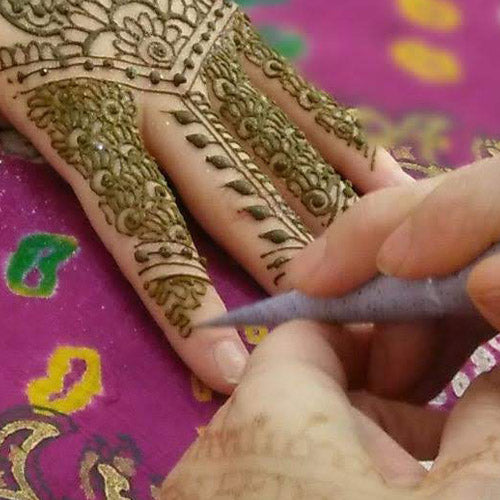
Henna Quality
Choose your henna wisely! Just like any crop, henna quality varies. Trust reputable suppliers like us who ensure fresh, pure, and chemical-free henna sourced from reliable manufacturers. Say no to additives or hair dyes labeled as henna—they're often hazardous. Authentic safe henna starts as orange and matures into a rich reddish-brown stain, lasting 4-10 days. Explore more about henna science below and check out our stain progression pictures at the bottom of this page!
Collapsible content
How We Source Our Henna
It’s important to only buy henna from a reputable company that knows what they are doing and knows how to properly store henna.
We source our henna from directly from growers that provide us with high quality pure unadulterated henna product. Since we don't use distributors, we can be sure that we are getting consistent high quality henna.
All of our henna is express shipped to us and stored properly. This ensures that you get the freshest possible product and not something that has been sitting in the belly of a hot ship for a month.
Unsafe Henna Additives
Never use henna that has chemical additives or is for the hair (learn more about henna for the hair here). These products contain dangerous ingredients and should never be applied directly to the skin.
Henna is NEVER black. Anything called henna that leaves a black stain contains para-phenylenediamine (PPD) and/or other additives and is extremely dangerous.
Safe natural henna will ALWAYS start off an orange color once the paste is removed. The tattoo will continue to cure over the following day or two darkening to a reddish/brownish color depending on a number of factors (listed below in the Henna Science section). The stain will have good color 4-10 days and be completely gone in 1-3 weeks.
Recognizing Natural Safe Henna
ALL henna is sold as safe and natural. If you ask "is your henna safe?" everyone will say yes, because it was sold to them as safe. That does not make it safe. You can protect yourself using these tips.
When Buying Product:
- Only buy from someone/a company that really knows what they are doing and understands the science of henna (like us!).
- Buy henna that was sourced from a grower not a distributer (like ours!). Distributers sell a range of both safe and unsafe product. Growers sell pure product.
- Buy from someone that uses their own product. Though both Jamila and ORa a great hennas, I use our ORa powder to mix my paste.
When Having Henna applied to You:
- Look for an artist that mixes their own henna paste.
- You should recognize the ingredients and the paste should smell like those ingredients.
- They should encourage you to keep it on for a long time (normally 4 hours or more).
- The color should always start off orange when you remove the paste and darken to a red/brown over 2-3 days.

What Kind of Henna is Best for Me?
When deciding what kind of henna is best for you, consider your henna goals: whether it's for occasional fun, a developing hobby, or starting a business. We offer both henna powder and pre-mixed paste. Mixing your own paste yields the best stains, like making marinara from fresh tomatoes instead of using jarred sauce.
I recommend learning to mix your own—it's fun and gives you control over the texture! If you prefer convenience, our pre-mixed paste is a great option.
-
Henna Powder
This is seriously next-level stuff! Mixing your own henna from scratch and customizing it to perfection is a game-changer for artists. If you're hennaing others professionally, you should be mixing your own henna.
Don't worry, mixing henna is a breeze. With just lemon juice, sugar, and high-terp essential oils, you're good to go. Plus, our henna comes with clear, easy-to-follow mixing instructions.
And the best part? It's super affordable! Once you've got your basic henna toolkit (starting with one of our beginner's kits), all you need to reorder is the henna and oils, which are surprisingly cheap. Our basic refill kit, including 100 grams of henna plus essential oils, is only $15.99—enough for 75-200 henna tattoos!
Personally, I'm all about mixing your own henna—I guess you could call me a mix-your-own-henna advocate! But hey, I get it, it's not for everyone. That's why we also offer a top-notch pre-mixed henna product for those who prefer a ready-to-use option. -
Ready-Made Henna Paste
Looking for quick, hassle-free henna results? Our pre-mixed paste is for you. Ready-to-use straight out of the cone, these pre-mixed henna cones offer good color, although they may not deliver the deep tones and lasting results of DIY henna mixing.
Perfect for those seeking a one-time henna experience or who prefer skipping the mixing process, our pre-made henna cones are a hit for one-time fundraisers and events.
Crafted exclusively for us, our pre-made henna paste undergoes express shipping and careful quality checks upon arrival, and is then stored in our freezers for freshness. We're committed to providing a ready-to-use henna paste that's both natural and chemical-free, ensuring a safe and enjoyable experience for all.
Henna Ingredients:Natural Henna Powder | Lemon Juice | Tea Tree Oil | Clove Bud Oil | Xantham Gum (sugar) | Sorbic Acid (instead of parabens)
-
Which Kit Should I Buy?
The kit you buy depends on your goals as a henna artist. Is this to try out a couple of times and be finished with it? Is this an ongoing hobby? Are you looking to go pro someday?
I'm doing henna a couple of times for fun, but not looking to make it an ongoing thing.
Great! I suggest the Fun & Easy kit. You can always add a few extra cones if you want more henna.
I really like henna and think I want to make it an ongoing hobby.
Ahhhh! My people! I suggest learning to mix your own henna if this will be an ongoing hobby. Try the Essential Henna Kit or the Big Bad Henna Kit, depending on which better fits your budget. The Big Bad kit has both henna powder for mixing and ready-made paste to use right away.
I'm looking to possibly go pro.
Congratulations on your up-and-coming business! The Professional Salon Kit is for you. I also suggest the First Gig eBook. It will help you avoid common mistakes and kick off your journey right.
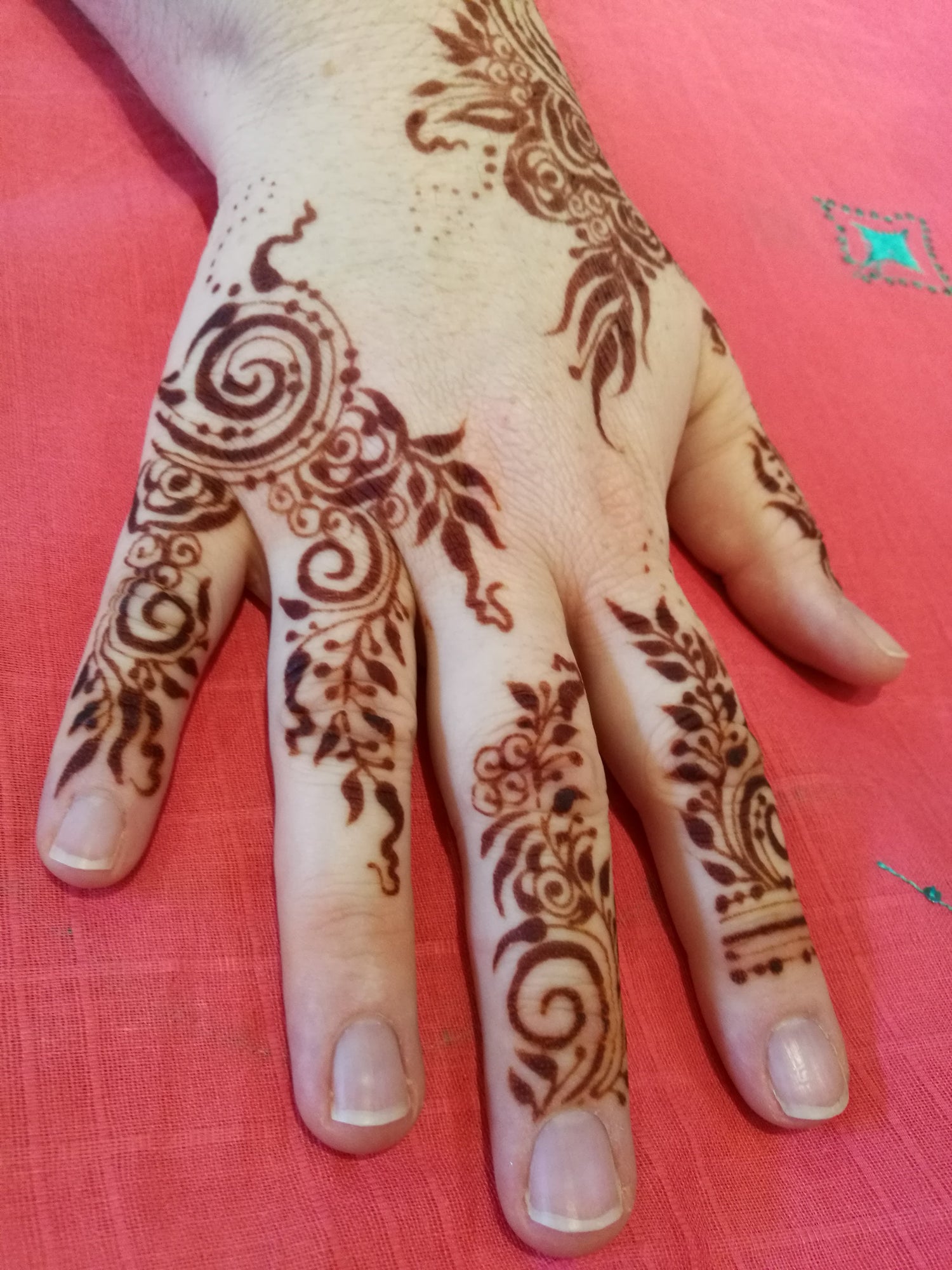
The Science of Henna
Achieving vibrant henna color is easy once you grasp the underlying principles.
Learn the science behind vibrant henna stains with this checklist. Explore how factors like skin cleanliness, body temperature, and henna mix composition influence the intensity and longevity of your henna tattoos.
Expect the henna design to maintain good color for 4-10 days, with complete fading occurring within 1-3 weeks. Peak color is usually 2-3 days after application.
-
Checklist for Great Henna Stains
- The cleanliness of the skin being tattooed.
Oils, lotions, sun block, and sweat are all barriers that will prevent the henna from staining as darkly as it could. Self tanner will cause much lighter henna stains. - The part of the body being hennaed.
Thicker skin stains better than thinner skin. Generally, you can assume palms of the hands and soles of the feet stain the best and the further away from these areas you get, the lighter the henna tattoo stain. Oily areas like the chest and face don't stain well. - How long the moist henna is in contact with the skin.
The longer you leave the henna paste on the skin, the darker and longer lasting your color, because it stains more layers of skin cells. As the skin cells exfoliate away, there are still layers of stained skin below them. This is why your tattoo will stay much longer if you leave the paste on longer. We recommend a minimum of 4 hours of skin contact with the henna paste. - Body temperature is a HUGE factor in releasing henna dye.
People with higher body temperature typically get better stains. When you are warm, your skin cells expand because they are trying to release heat. When you are cold, they contract because they are trying to hold in heat. This means when you are warm there is more surface area to stain and more room for the dye in the henna molecules to penetrate the skin cells to bond with the keratin in the skin. - How the dried henna is removed.
Do NOT use water when removing the dried henna paste. The paste should be gently scraped off, and any stubborn bits can be removed using olive or coconut oil. Avoid water for as long as practical. - How well you care for the henna tattoo.
Water should be avoided for as long as possible (24 hours is the goal, but the rest of the day will do). Avoid anything that will exfoliate the skin (chlorinated water, salt water, household cleaners, face wash, smoothing lotions). - The henna mix that was used.
Fresh mixed henna will leave better longer lasting color than pre-mixed henna. Play with your henna recipe to find what works best for you. Keep in mind that you must allow sufficient time for the henna to release it's dye when you mix your own henna and use proper essential oils. - It takes time for the color to come up!
Remember, after the henna paste is removed, the henna is not at its full color. It will continue to cure in your skin darkening for 24-72 hours after henna paste removal.
Henna initially appears orange and gradually darkens to a red/brown color over 2-3 days. The hands and feet typically yield the deepest color, with lighter stains the further you get from those areas.
- The cleanliness of the skin being tattooed.
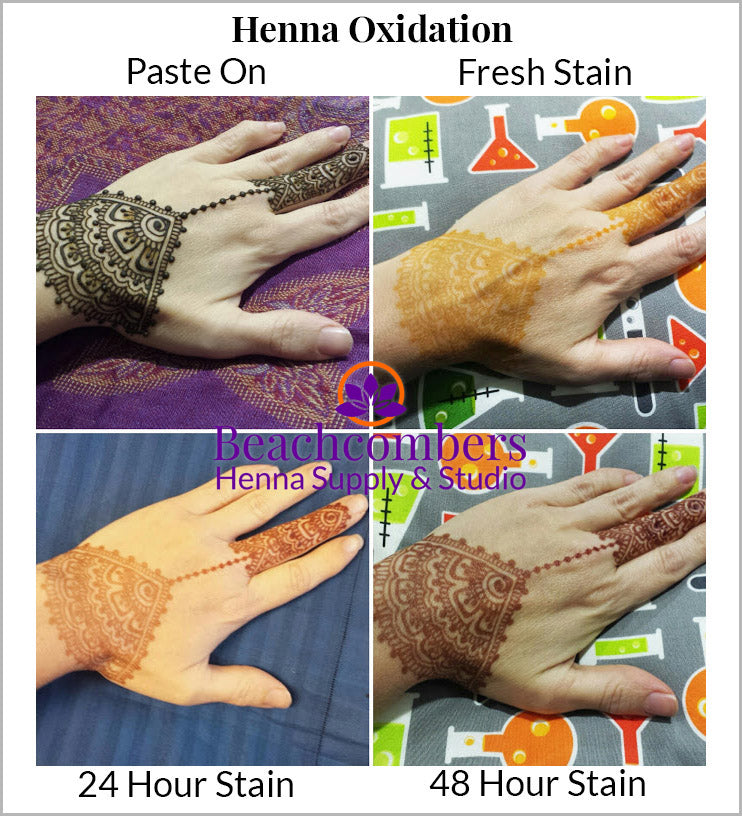
Progression of a Henna Stain
These pictures are of henna, on my hand, using ORa henna and the Super Simple henna recipe using 100 grams of henna and 1 ounce of essential oil. The henna was left on for 3 hours with no sealer or added heat. Leaving the henna on longer or adding a sealer/wrap can yield darker longer lasting color.
Nothing special was done in between these pictures. This is the magic of henna! Okay, it's not magic, it's the chemistry of the oxidation process of a henna stain, but still pretty awesome!
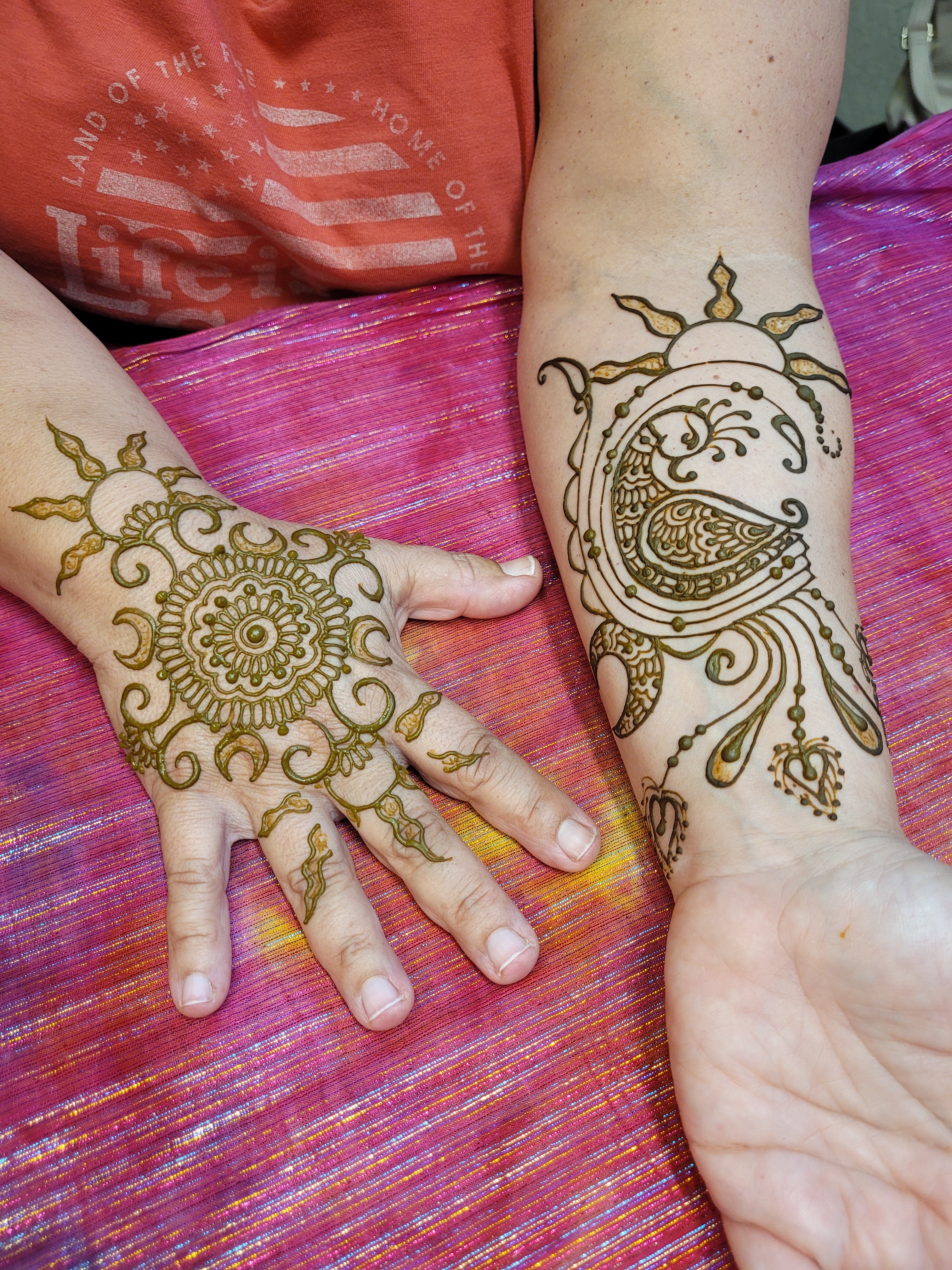
Henna is for Everyone!
We all deserve to feel beautiful and powerful!
